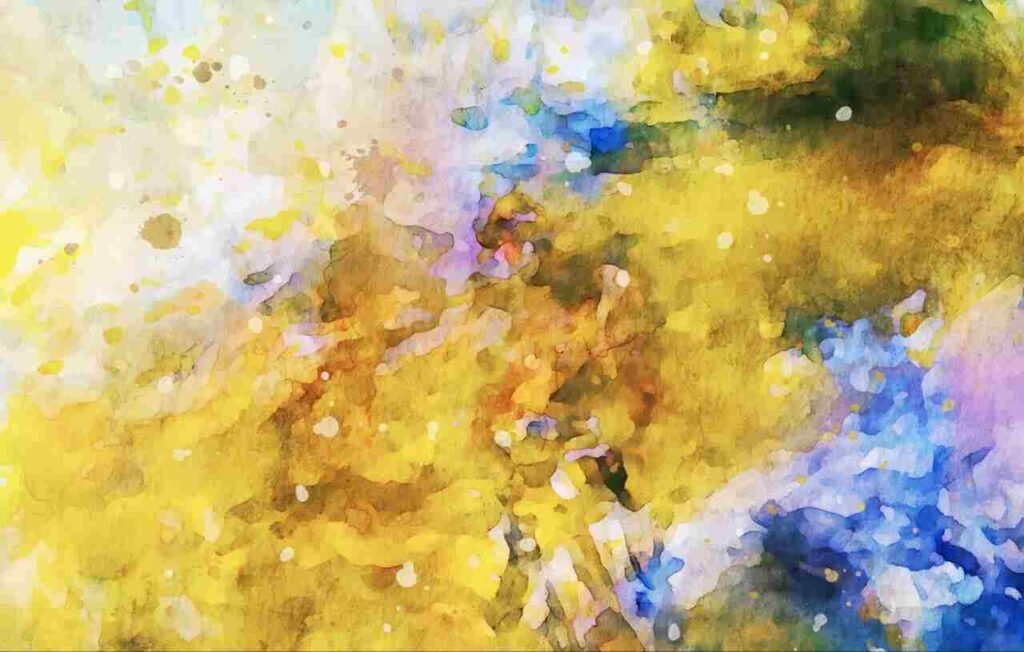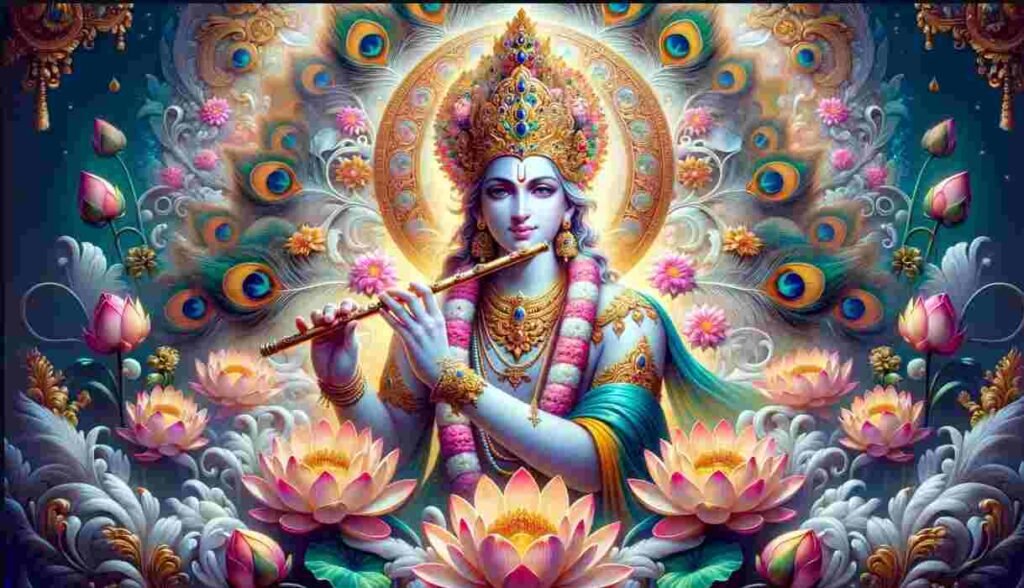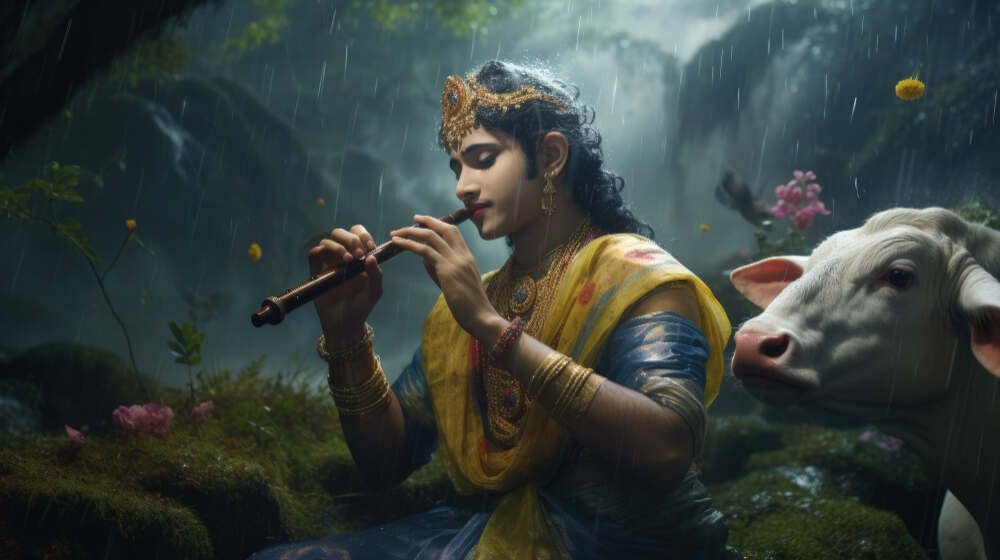What is the 4 C model of creativity?
Imagine creativity as a majestic mountain range towering over the landscape of human potential. The 4 C Model of Creativity by James Kaufman and Ronald Beghetto takes us on a breathtaking climb, revealing four distinct levels of creative achievement:

1. Mini-c (Transformative Learning)
At the base lies mini-c, the playful explorations and personal discoveries that spark our earliest creative journeys. These moments of uniqueness and importance provide the foundation for further growth… Much like when a child builds a block tower.
2. Little-c (Everyday Creativity)
As we ascend, we reach little-c, the realm of everyday ingenuity and problem-solving. Little C creates everything from delicious food to funny jokes, it helps us solve challenges in everyday life.
3. Pro-c (Professional Expertise)
Next comes Pro-c, the plateau of professional mastery. Here, for example, significant and important contributions are made by innovators who push the boundaries of their respective fields: scientists, artists, and businesspeople.
4. Big-C (Genius Creativity)
The uncommon air of transforming creativity. At last, we arrive at the pinnacle: Big-C. Consider the revolutionary contributions of Van Gogh’s Starry Night and Einstein’s theory of relativity, which have permanently changed our perception of the universe.
What are the 4 criteria and Elements of creativity?
The 4 C Model reminds us that creativity is not a singular peak reserved for the chosen few. It’s a range, a path of ongoing development and discovery, where each person can potentially realize their own particular creative peak. Therefore, remember that whether you are building block buildings or thinking about the universe… You are a part of this incredible creative world.
What is the main theory of creativity?
There isn’t one single “main” theory of creativity, as it’s a complex and multifaceted phenomenon. However, one prominent and influential theory is the Componential Theory of Creativity by Teresa Amabile. According to this view, creativity results from the interaction of four essential elements:

Domain-relevant skills: Your knowledge and proficiency in a certain field serve as the basis for coming up with original ideas within that field.
Creativity-relevant processes: These are the cognitive and emotional processes involved in coming up with new ideas, such as divergent thinking, flexibility, and risk-taking.
Intrinsic motivation: This is the internal desire and enthusiasm you have for the creative work you are doing, which keeps you going and makes you committed to the process.
Supportive environment: This includes the social and cultural factors that encourage and nurture creativity, such as collaboration, feedback, and liberty from constraints.
Who is the father of creativity?
According to the Componential Theory… Creativity is the outcome of a confluence of internal and external influences rather than simply one “spark” of inspiration.
It’s essential to keep in mind that there are various theories regarding creativity but research and discussion on the subject are still ongoing.

